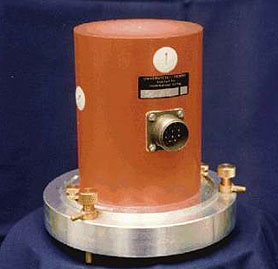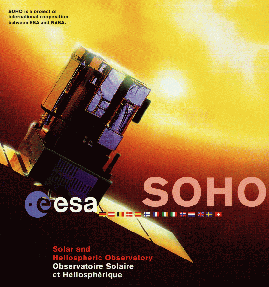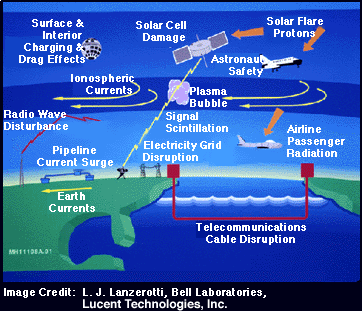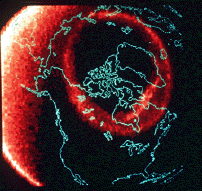Space Weather Forecast
Conditions in the Solar Wind and the Interplanetary
Magnetic Field, measured
by satellites roughly 45 minutes "upstream" or "sunward" of Earth, provide
us with early warning of storms headed towards our planet.
The dials below are maintained by scientists
from Rice University using data from the ACE
spacecraft.
 Space Weather
Space Weather
 Space Weather Today
Space Weather Today
You might also be interested in:

The Sun acts like it has a big magnet in the middle of it. We call this the Sun's magnetic field. The Sun's magnetic field has a fancier name, the Interplanetary Magnetic Field (IMF). This just means that
...more
Have you ever wondered what you are made of? Where did the elements come from that make up your body? The elements that make up your body are the same elements found on the Earth. Where did those Earth
...more
Scientists have named the parts of the Sun. The "surface" of the Sun is called the photosphere. The three areas inside the Sun are called the core, the radiation zone, and the convection zone.
...more
Even though the Sun is very far away, it has a big effect on Earth. It gives us warmth and light. Storms on the Sun can also bring about what scientists call space weather on Earth or near Earth (just
...more
Satellites in space help us measure space weather. They collect info about the Sun, Earth's magnetosphere, Earth's atmosphere, and space weather. Spacecraft that Watch the Sun Some spacecraft watch the
...more
Scientists use different ways to study space weather. They use instruments in space like satellites and orbiting telescopes. Scientists also use instruments on Earth to study space weather. They use these
...more
Earth's magnetic field is a shield that keeps most of space weather's effects where they belong; safely out in space! But space weather does effect life on Earth. Outside of the Earth's magnetic field,
...more
Space weather is a new science. It hasn't been studied for thousands of years. So space weather has many questions that still need to be answered. And it has a lot of unsolved mysteries which is exciting!
...more





















